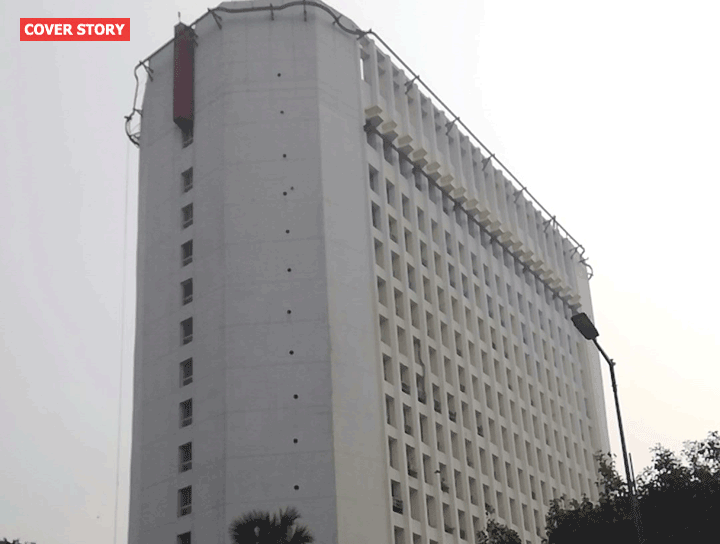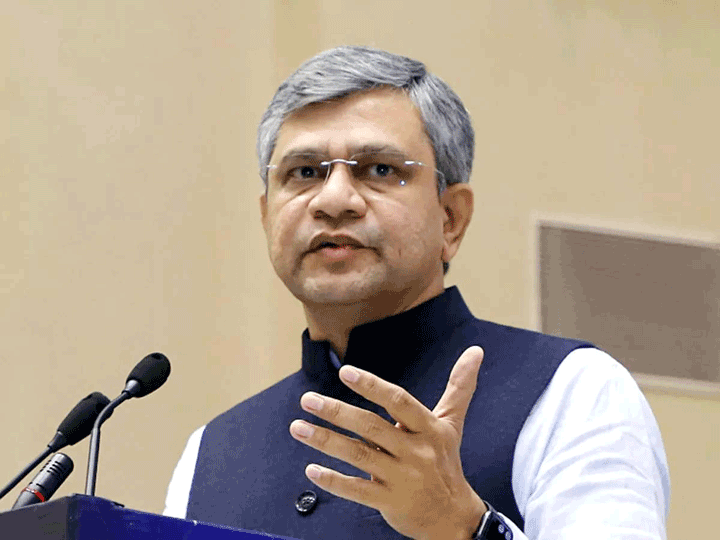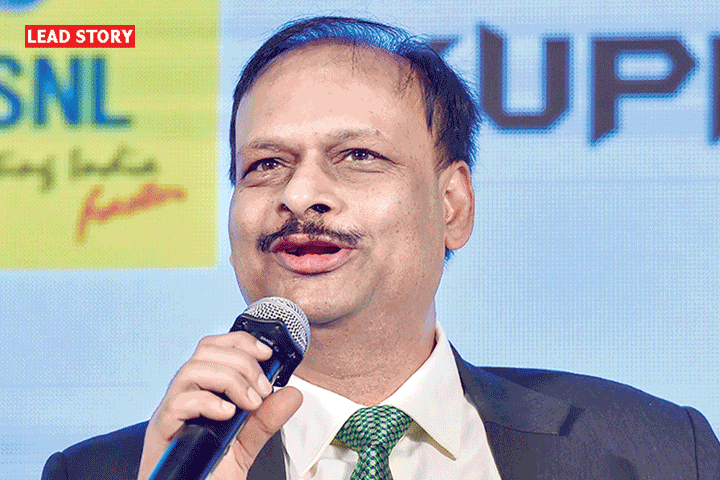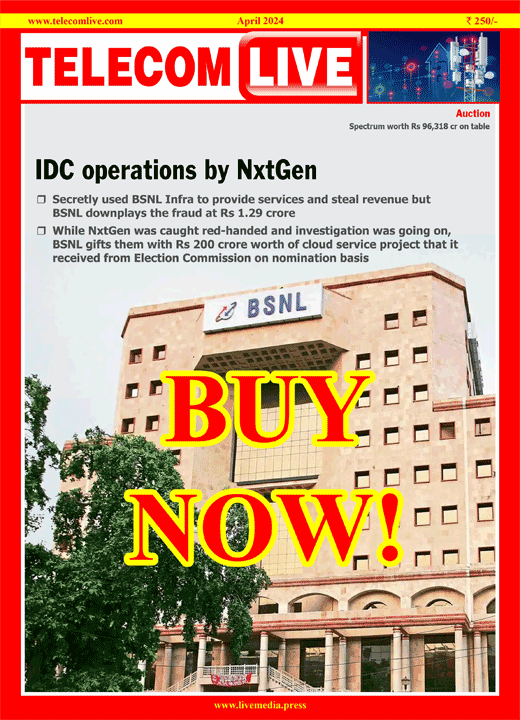Narendra Modi government needs to focus on reviving sectoral health, deploy 5G: Industry
The telecom ministry under the new Bharatiya Janata Party-led government will need to nurse the industry back to health, besides laying the ground for the deploying 5G technology in India amid a push to drive the country into the digital age.
For starters, the boiling issues of reviewing of levies and fees such as license fee, spectrum usage charges (SUC) and defining what does the government mean by adjusted gross revenue (AGR), will have to be taken up, said industry executives. These issues have also been highlighted in the National Digital Communications Policy (NDCP), the fast implementation of which will also be a key milestone for the new government to achieve.
“Reducing the high tax burden on telcos – a sector that is taxed between 29% and 33% of revenue- and encouraging investments in broadband infrastructure, are among other key demands of the beleaguered industry” reeling under debt of more than Rs 7 lakh crore, said Rajan Mathews, director general of Cellular Operators Association of India (COAI). The industry group represents all the three major Indian telcos Vodafone Idea, Bharti Airtel and Reliance Jio Infocomm.
Despite the pressures on profits and revenues, telcos must pay up for buying spectrum or airwaves to ensure smooth communications – over voice and now increasingly over video. However, the new government will have to balance the demand for lowering spectrum base prices and allocating spectrum at the right price to ensure no loss to the exchequer. At the same time, it will have to ensure that there’s adequate spectrum being put up for sale at every auction.
The issue of levying blanket penalties on erring telcos would also require a relook, as per industry executives. A decision on levying a collective penalty of Rs 3050 crore on Airtel, Idea and Vodafone for flouting license norms, is also pending with the ministry.
The new ministry will have another demand of making telecom sector an essential and critical services sector, something that the previous government has believed in as well but has been unable to put into action.
In the medium term, the new government would need to think of taking fibre to a lot more towers than at present. India’s fibre connectivity to towers stands at 20-25%, far lower than say in Singapore or China where its three times that. Taking fibre to the tower will provide high network capacity and enable telcos to offer 5G services in the future.
Creation of a national digital grid by establishing a national fibre authority would allow the government to implement the policy level plans on the ground.
With the industry coming down to just three players barring state run carriers, the telcos’ demand to review mergers and acquisition rules may not hold much ground in today’s context. However, for the future growth of the sector – as and when new players come – it must lay down a process to reform the rules to enable simplification and fast tracking of approvals.











